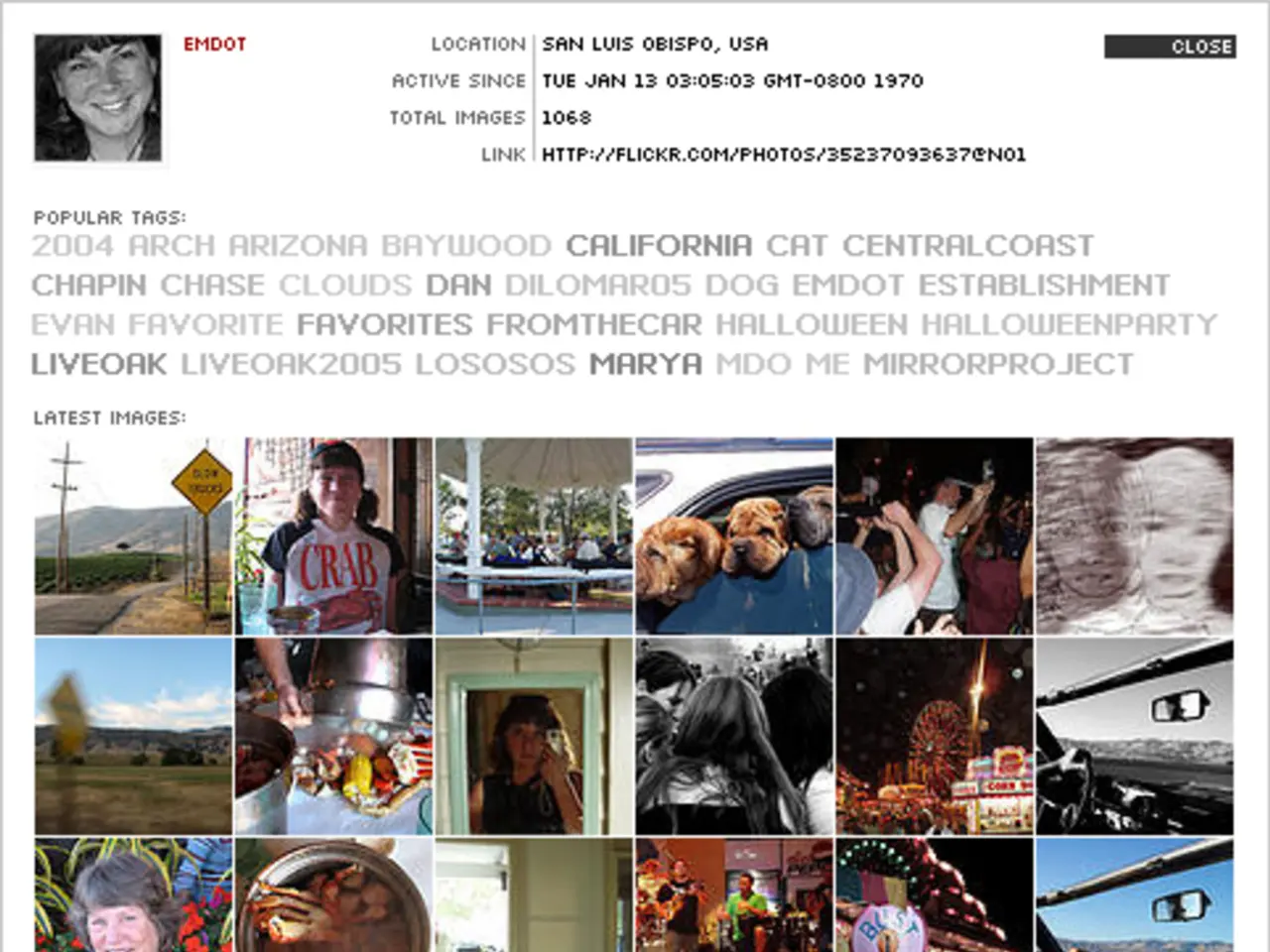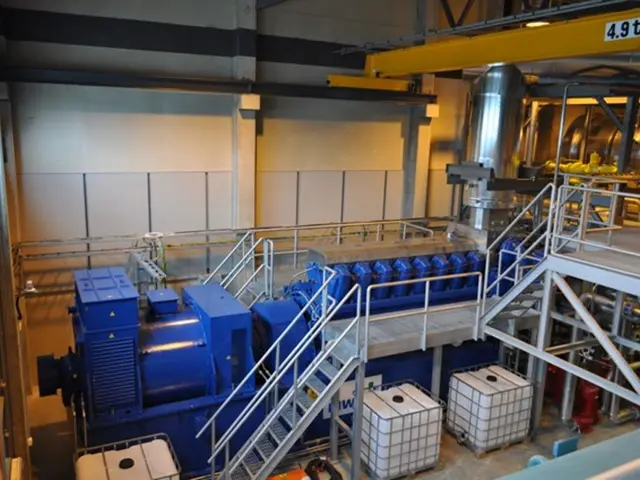The Aesthetic Appeal of Efficiency Lies in its Outcome
In the rapidly evolving world of AI, where productivity is democratized and baseline standards are easily met, a psychology SME consultant based in Pune, India (currently residing in Seoul, S. Korea) suggests a novel approach to make work more valuable: incorporating beauty as a heuristic for evaluating quality.
This innovative perspective advocates for using beauty and elegance as a new evaluative criterion, beyond traditional metrics like speed, quantity, or baseline functionality. By doing so, we can integrate sensory, emotional, and cognitive appeal into our judgments of work quality, thereby distinguishing outputs in a world where minimum standards can be met with AI assistance.
The rationale behind this approach is twofold. First, traditional value metrics such as time spent or educational background are less effective as AI tools democratize access and raise baseline productivity. Second, beauty as a heuristic leverages timeless human appreciation for elegance and aesthetics, offering a new dimension for economic value assignment.
So, how can we incorporate beauty as a heuristic into our work? Here are some practical ways:
- Embed aesthetic and design principles: Prioritize clarity, simplicity, harmony, and elegance in visual, structural, or conceptual elements to enhance perceived beauty.
- Use user-centered design evaluation: Conduct quantitative and qualitative tests focusing on elegance and user delight (not just functionality).
- Focus on refined process and outcome: Apply reward models or feedback loops that integrate beauty-related criteria, reinforcing outputs that are not only correct but also elegant and pleasant to engage with.
- Create novel benchmarks: Develop standards or checklists that explicitly measure beauty or elegance as part of quality assurance.
Research supports this approach. For instance, researchers at Hitachi, Tokyo found that people find beautiful designs more intuitive than non-beautiful designs, and that the usability of an app is more related to its beauty than to its actual usability.
If work is easy to understand, it is naturally more beautiful. If any of these beauties exist in work, the work will command more value, regardless of AI equalization in the ability to create output. The author's content is referenced and featured in renowned publications like the NY Times, Forbes, CNET, and Entrepreneur, among other books and research papers.
The author's website offers content related to productivity, psychology, and AI cognition. The call-toaction is to make work beautiful and draw attention to its elegance in the context of AI-created work. The author claims that beauty in work output will fetch more money than perfectly acceptable deliverables without beauty.
Beauty is a timeless candidate for a new variable to use as a metric for value in economics because it can latch on to the sensory, emotional, and cognitive aspects of an output. This concept is aptly described by the term "pretty privilege" or "beauty premium," which describes a tendency to pay more for attractive objects and people, and to think good-looking things are better than equally useful but ugly things.
In essence, making work more valuable through beauty requires shifting evaluation systems to reward outputs that offer intellectual and emotional richness, thereby encouraging higher craftsmanship and meaningful differentiation in an AI-enhanced productivity landscape. In your next work deliverable, ask yourself, "Is there any beauty in it"? If not, add it.
- Incorporating beauty as a heuristic in our evaluation of work quality can help us recognize outputs that are not only accurate but also aesthetically pleasing and emotionally appealing.
- By using the principles of user-centered design, we can test our work for elegance and user delight, beyond just its functionality.
- Beauty can be integrated into our work processes by applying reward models that reinforce outputs which are not only correct but also elegant and pleasant to engage with.
- Developing new benchmarks that measure beauty and elegance as part of quality assurance can help distinguish the value of work in an AI-dominated productivity landscape.
- Research has shown that beautiful designs can be more intuitive and have a higher usability compared to less attractive designs.
- Beauty in work can potentially command a higher financial value, surpassing acceptably good deliverables that lack aesthetic appeal.
- This concept of using beauty as a metric for value in economics is often referred to as "pretty privilege" or "beauty premium."
- To make our work more valuable, we should prioritize the incorporation of intellectual and emotional richness in our outputs, encouraging higher craftsmanship and meaningful differentiation.
- In the ever-evolving field of AI and technology, incorporating beauty as a heuristic for evaluating work quality can help distinguish our outputs and stand out.
- The author, a renowned psychology SME consultant, emphasizes the importance of beauty in the context of AI-created work, claiming it can lead to increased attention and potentially higher revenue.
- To learn more about productivity, psychology, and AI cognition, and to discover the strategies for making work beautiful, visit the author's educational and self-development website.




